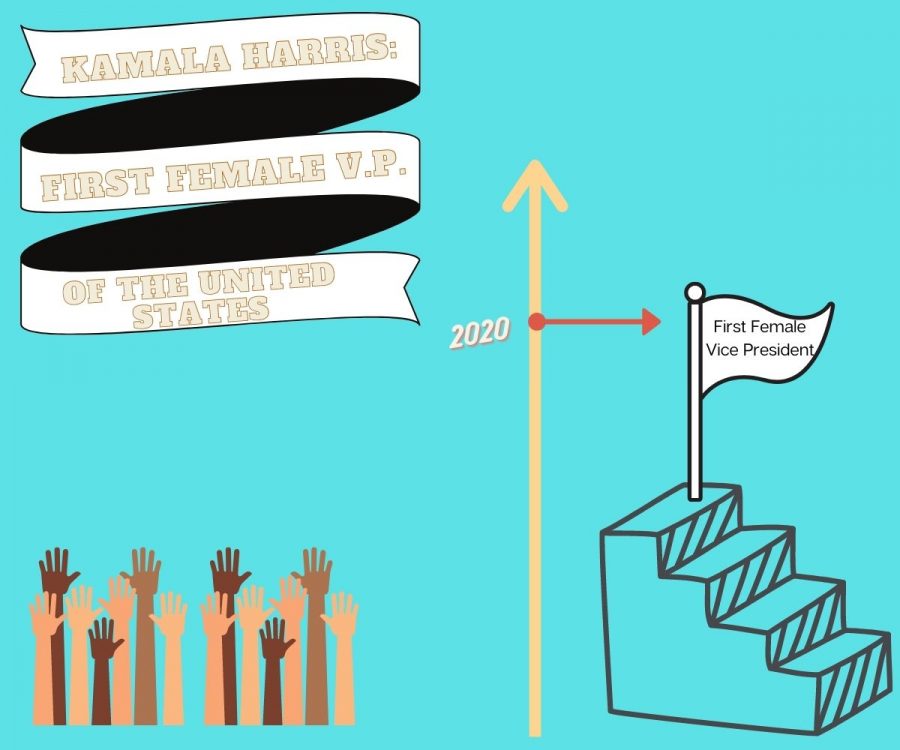Understanding The Complexities Of Nuclear Litigation: A Practical Guide

Table of Contents
The Unique Legal Landscape of Nuclear Litigation
Nuclear litigation operates within a highly specialized legal framework. It's governed by a complex interplay of international treaties, national regulations, and specific legislation designed to regulate nuclear activities and address potential liabilities stemming from nuclear accidents, nuclear waste disposal, and radiation exposure. This intricate web of laws often involves multiple regulatory bodies with overlapping jurisdictions, adding another layer of complexity to these cases.
- Relevant Legislation and Regulations: Examples include the Price-Anderson Nuclear Industries Indemnity Act (in the US), and various national and regional regulations concerning radiation protection, nuclear safety, and waste management.
- Key International Treaties: The Vienna Convention on Civil Liability for Nuclear Damage and the Paris Convention on Third Party Liability in the Field of Nuclear Energy are crucial international instruments establishing frameworks for liability and compensation in cross-border nuclear incidents.
- Jurisdictional Complexities: Nuclear litigation often involves multiple jurisdictions, including state, federal, and even international levels, leading to jurisdictional disputes and challenges in establishing liability.
Key Players in Nuclear Litigation
Nuclear litigation involves a diverse range of parties, each with distinct roles and responsibilities. Understanding these roles is crucial to navigating the legal process effectively.
- Nuclear Power Plant Operators: These entities are often central defendants, responsible for ensuring the safe operation of their facilities and managing potential liabilities. Their legal teams play a critical role in defending against claims.
- Government Regulatory Agencies: Agencies such as the Nuclear Regulatory Commission (NRC in the US) or equivalent bodies in other countries have significant involvement, overseeing safety standards, investigating incidents, and potentially participating in litigation.
- Contractors and Suppliers: Companies involved in the construction, operation, or maintenance of nuclear facilities may also face liability claims, especially in cases related to defective equipment or negligent practices.
- Insurance Companies: Insurance plays a significant role in covering liability for nuclear incidents. Understanding the scope and limitations of nuclear insurance policies is vital.
- Victims and their Legal Representatives: Individuals suffering from radiation exposure, property damage, or other losses due to nuclear incidents have the right to seek compensation. Their legal representation is crucial in navigating the complexities of nuclear litigation and establishing liability.
Evidence and Scientific Expertise in Nuclear Litigation
Scientific and technical evidence forms the bedrock of most nuclear litigation cases. The complex nature of radiation exposure, its long-term health effects, and the potential for environmental damage necessitate the use of specialized scientific expertise.
- Types of Evidence: This includes radiation measurements, epidemiological studies, dosimetry reports, expert witness testimony, environmental impact assessments, and detailed documentation of operational procedures.
- Challenges in Interpretation: Interpreting complex scientific data and establishing a causal link between a nuclear event and alleged damages can be extremely challenging and require meticulous analysis.
- Expert Witness Testimony: Expert witnesses specializing in radiation physics, epidemiology, toxicology, and other relevant fields play a crucial role in presenting and explaining scientific evidence to the court.
Damages and Compensation in Nuclear Litigation
Damages claimed in nuclear litigation can be substantial and encompass various forms of loss. Calculating these damages, particularly those related to long-term health effects, presents unique challenges.
- Types of Compensable Damages: This includes personal injury (medical expenses, lost wages, pain and suffering), property damage, economic losses (business interruption, loss of market value), and environmental remediation costs.
- Calculating Damages: Determining the appropriate level of compensation requires careful consideration of the severity and duration of injuries, economic losses, and the cost of environmental cleanup. This often involves sophisticated modeling and expert testimony.
- Long-Term Health Consequences: Assessing the long-term health effects of radiation exposure is a complex undertaking, often requiring epidemiological studies and projections spanning decades.
Dispute Resolution Mechanisms in Nuclear Litigation
Resolving nuclear disputes can involve various mechanisms, each with its own advantages and disadvantages.
- Alternative Dispute Resolution (ADR): Methods such as negotiation, mediation, and arbitration offer potentially faster and less expensive solutions compared to full-blown litigation.
- Litigation: While potentially lengthy and expensive, litigation provides a formal legal process for resolving disputes and establishing liability. It is often necessary when parties cannot reach an agreement through ADR.
- International Arbitration: For cross-border disputes involving multiple jurisdictions, international arbitration may be necessary to resolve conflicts and enforce agreements.
Conclusion: Navigating the Complexities of Nuclear Litigation
Nuclear litigation presents a unique set of challenges, demanding specialized legal knowledge and scientific expertise. Understanding the specific legal frameworks, the roles of various stakeholders, the complexities of scientific evidence, and the available dispute resolution mechanisms is crucial for navigating this intricate field successfully. If you are facing challenges with nuclear litigation, understanding the intricacies of nuclear litigation is crucial. Seek expert advice on nuclear litigation matters to ensure your rights are protected and your interests are represented effectively. Don't underestimate the complexities of nuclear litigation; expert guidance is essential for achieving a favorable outcome.

Featured Posts
-
 Louisvilles 2012 Tornado Lessons Learned And Community Resilience
May 01, 2025
Louisvilles 2012 Tornado Lessons Learned And Community Resilience
May 01, 2025 -
 The Shifting Alliance Analyzing The Relationship Between Sam Altman And Satya Nadella
May 01, 2025
The Shifting Alliance Analyzing The Relationship Between Sam Altman And Satya Nadella
May 01, 2025 -
 Guardians Rally Past Yankees After Bibees First Pitch Home Run
May 01, 2025
Guardians Rally Past Yankees After Bibees First Pitch Home Run
May 01, 2025 -
 Prince William Witnesses Launch Of New Partnership With Kates Initiative
May 01, 2025
Prince William Witnesses Launch Of New Partnership With Kates Initiative
May 01, 2025 -
 Kamala Harriss Evolving Role As Vice President
May 01, 2025
Kamala Harriss Evolving Role As Vice President
May 01, 2025
